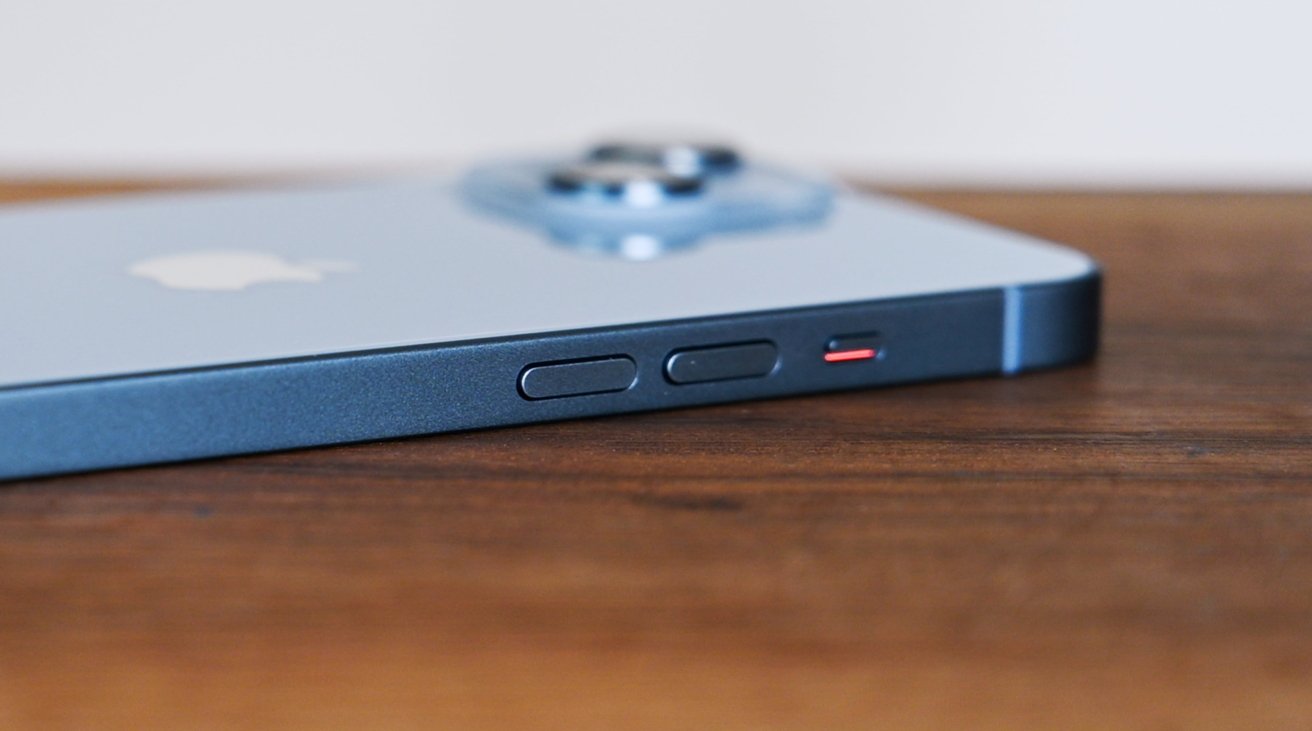Analyst Ming-Chi Kuo has again claimed that the iPhone 15 Pro will switch to solid-state buttons, but this time saying supply chain sources have identified the component manufacturer.
In October 2022, Kuo said that the "volume button and power button" of the Pro editions of the iPhone 15 range would cease to be physical buttons. He compared them to the home button on the iPhone SE 2, which does not physically press down, but gives taptic feedback as if it does.
(1/5)
— (Ming-Chi Kuo) (@mingchikuo) January 11, 2023
Cirrus Logic is the primary winner for canceling physical buttons and the change to adopt solid-state buttons on the 2H23 high-end iPhone 15 models. https://t.co/CNfZOYwRXn
Now he's chiefly repeating the same detail, but says it comes from his latest survey. For the first time, Kuo's sources also specify that Cirrus Logic will be what he calls "the primary winner" from Apple's move.
Kuo says that Cirrus Logic will be Apple's "exclusive supplier of Taptic Engine's controller IC [integrated circuit, or processor]."
Previously, Kuo has said he expects Android manufacturers to follow suit. This time he's predicting more generally that "if users respond well... I think it may be adopted in other high-end models of product lines in the future."
The volume and sleep/wake buttons reside on the edges of the iPhone chassis, and that chassis has been the subject of rumors about other redesigns. It's predicted that the iPhone 15 range will see a rounded edge design, and may be made of titanium instead of the current, heavier stainless steel.
 William Gallagher
William Gallagher








 Marko Zivkovic
Marko Zivkovic

 Malcolm Owen
Malcolm Owen

 Amber Neely
Amber Neely

 Wesley Hilliard
Wesley Hilliard
-xl-m.jpg)









20 Comments
If I can no longer press the volume buttons through fabric when the phone is in my pocket, that would be an added inconvenience, and if I can no longer glance at the ringer switch to see if the ringer is on, that too would be a step in the wrong direction. It’s hard to imagine any advantages to the user that would more than make up for these drawbacks. It’s not like the current waterproofing is insufficient for my needs.
Change for the better.
better water proof for sure
I wonder what benefits to the user this move has - I mean beyond the obvious elimination of water ingress points? Perhaps the circuitry for implementing haptic feedback requires less room inside the device?
Solid Stste buttons have been used by Samsung for years This is a good water proofing technique but on the other hand requires haptic engines which will cut down on battery space